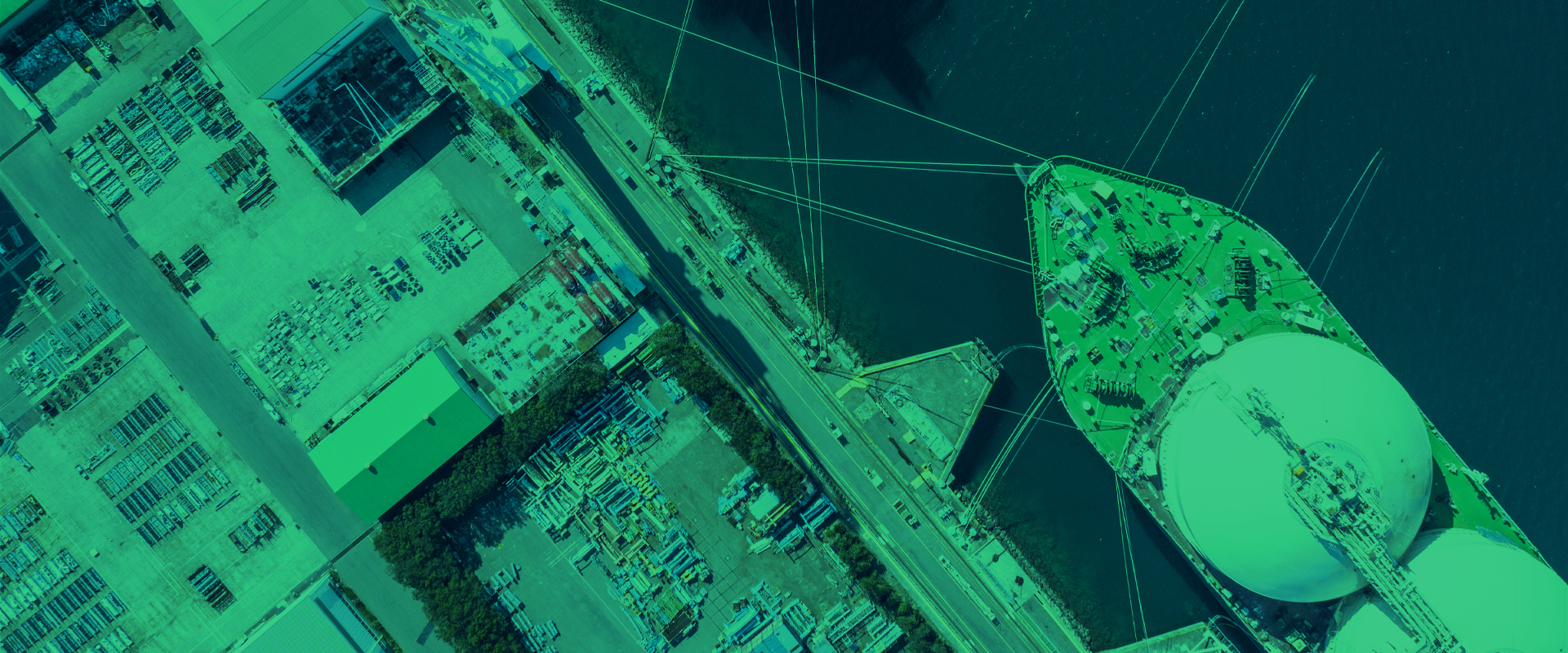Background
A major European maritime company, operating in both passenger transport and commercial shipping, with a fleet equipped with integrated IT/OT infrastructures for managing onboard operations and communications.
The maritime sector is at the heart of a digital transformation that has enhanced fleet operational efficiency but also exposed infrastructures to new and growing cyber threats. The increasing integration of IT and OT systems onboard, such as automation systems, sensors, and communication devices, has increased the attack surface, making ships vulnerable to targeted attacks.
International regulations, such as the ISPS Code (International Ship and Port Facility Security), demand high security standards to protect critical infrastructures and commercial shipping routes. Agger, our cyber security product was born and initially developed to defend the infrastructure of ships.
Benefits:
- 24/7 monitoring and protection of all IT/OT infrastructures onboard.
- Prevention of operational downtime due to instant reactions to attacks.
- Reduction in operational costs by mitigating the need for highly skilled personnel onboard.
Need
The security scenario for ships (both cargo and passenger) has drastically changed, partly due to the unstable geopolitical climate that has targeted the maritime sector. Ships have long lifespans (over 20 years) and require constant system updates provided by third-party suppliers connecting remotely to onboard infrastructure, which, by its nature, is flat (allowing lateral passage to other machines easily). The client’s request was to protect the ship from hacker attacks and ensure continuous operational uptime during system updates, while securing operations during maintenance activities.
Our Solution
We provided an integrated cybersecurity system for protecting the infrastructure:
- Installation of probes and agents on IT/OT infrastructures onboard to monitor and protect critical systems.
- Creation of customized detection and reaction rules based on risk analysis to ensure the resilience of OT systems, including PLCs and radars.
- Creation of specific states: Developing multiple protection models (detection and reaction) linked to the ship's “status” (sailing, docked, etc.) to ensure service resilience.
- Integration with onboard operations to guarantee an immediate response to incidents, reducing response time to zero seconds.
Installation of Secure Gateway module to ensure total protection even during maintenance connections.
Results Achieved
- Guaranteed IT/OT resilience for fleet ships, operating in both commercial and defense contexts.
- Continuous protection of all critical legacy systems.
- Full compliance with European cybersecurity standards and regulations.
Possible Focus on Regulations:
- IMO (International Maritime Organization): New cybersecurity guidelines for maritime operations.
- New UR-E26 and UR-E27 standards: The UR-E26 defines the minimum set of requirements for the computer resilience of ships to be applied from the design stage of the systems as a complement to the UR-E27 which determines the cyber resilience requirements of the synthetics, of on-board equipment and components.
- ISPS Code: Protection of ships and port infrastructures against physical and cyber threats.
NIS2 Directive: Security obligations for critical infrastructures, including naval operations.
